Black sesame seed
Plant Description:
- Plant Size: Black sesame (Sesamum indicum) is an annual herbaceous plant that typically grows to a height of 2 to 4 feet (60 to 120 cm).
- Type: It belongs to the Pedaliaceae family and is one of the oldest cultivated plants known to humanity.
- Taste: Black sesame seeds have a rich, nutty flavor with a slightly bitter undertone, which intensifies when toasted.
- Color: The seeds are small, oval-shaped, and have a deep black or dark brown color.
₹1,000.00
Black Sesame Seeds:
Plant Description:
- Plant Size: Black sesame (Sesamum indicum) is an annual herbaceous plant that typically grows to a height of 2 to 4 feet (60 to 120 cm).
- Type: It belongs to the Pedaliaceae family and is one of the oldest cultivated plants known to humanity.
- Taste: Black sesame seeds have a rich, nutty flavor with a slightly bitter undertone, which intensifies when toasted.
- Color: The seeds are small, oval-shaped, and have a deep black or dark brown color.
Growth Conditions:
- Soil Type: Black sesame plants thrive in well-drained, sandy loam or loamy soils with a pH range of 6 to 7.5.
- Region of Production: Black sesame seeds are primarily cultivated in regions of Asia, including India, China, Japan, and Korea, but they are also grown in some parts of Africa and Central America.
- Main Region in India: In India, the major black sesame producing states include Rajasthan, Gujarat, Madhya Pradesh, and Uttar Pradesh.
- Maturity Period: Black sesame plants typically mature in about 90 to 120 days after sowing.
- Environmental Conditions: They require a warm and tropical climate with temperatures between 25°C and 35°C (77°F to 95°F). Adequate rainfall or irrigation is essential during the growing season.
Physical Properties and Ingredients:
- Black sesame seeds are tiny and flat, measuring about 2-3 mm in length.
- They are rich in essential nutrients, including protein, healthy fats, dietary fiber, vitamins (B-complex vitamins), and minerals (iron, magnesium, calcium, zinc, and phosphorus).
- Sesame seeds are also a good source of antioxidants, lignans, and phytosterols.
Post-Harvest Handling:
- Shelf Life: Black sesame seeds can have a long shelf life if stored properly. When stored in an airtight container in a cool, dry place, they can last for up to two years.
- Storage Conditions: Keep black sesame seeds away from moisture, heat, and direct sunlight to prevent spoilage. Refrigeration is not necessary but can extend their freshness.
Uses and Consumers:
- Culinary Uses: Black sesame seeds are commonly used as a garnish in Asian cuisine. They are sprinkled over sushi, added to salads, or incorporated into various dishes for their flavor and visual appeal. They are also used to make black sesame paste for desserts.
- Baking: They are often used in baking, especially in bread, muffins, and cookies.
- Oil Production: Black sesame seeds are pressed to extract sesame oil, which is used for cooking and as a condiment.
- Traditional Medicine: In traditional medicine, black sesame seeds are believed to have various health benefits, including improving hair and skin health, supporting heart health, and aiding digestion.
Black sesame seeds are a versatile ingredient that not only enhances the taste and appearance of dishes but also provides a range of nutritional benefits, making them a popular choice in both culinary and traditional medicine practices around the world.

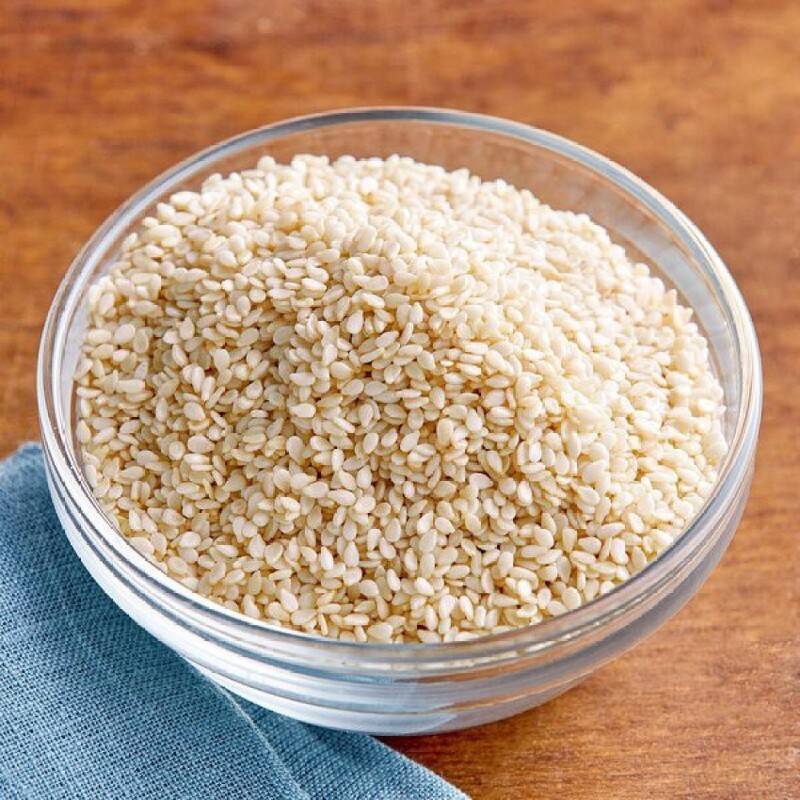
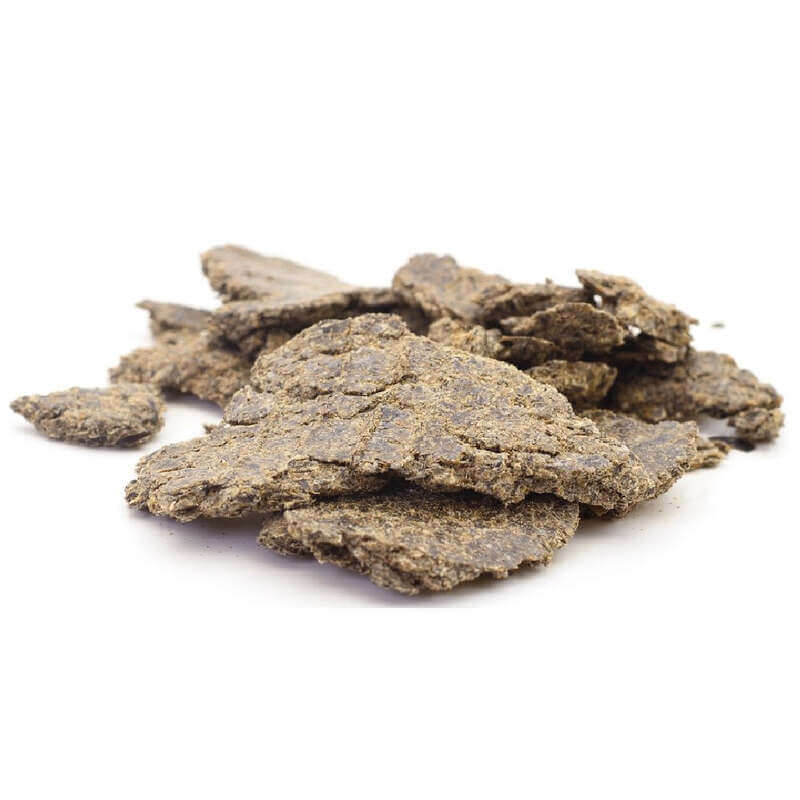
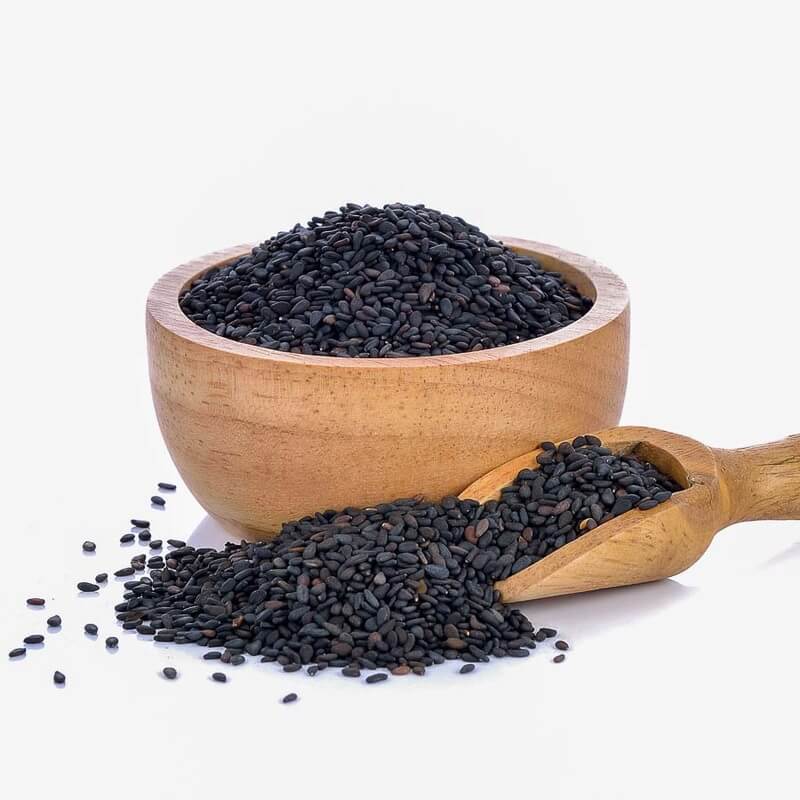

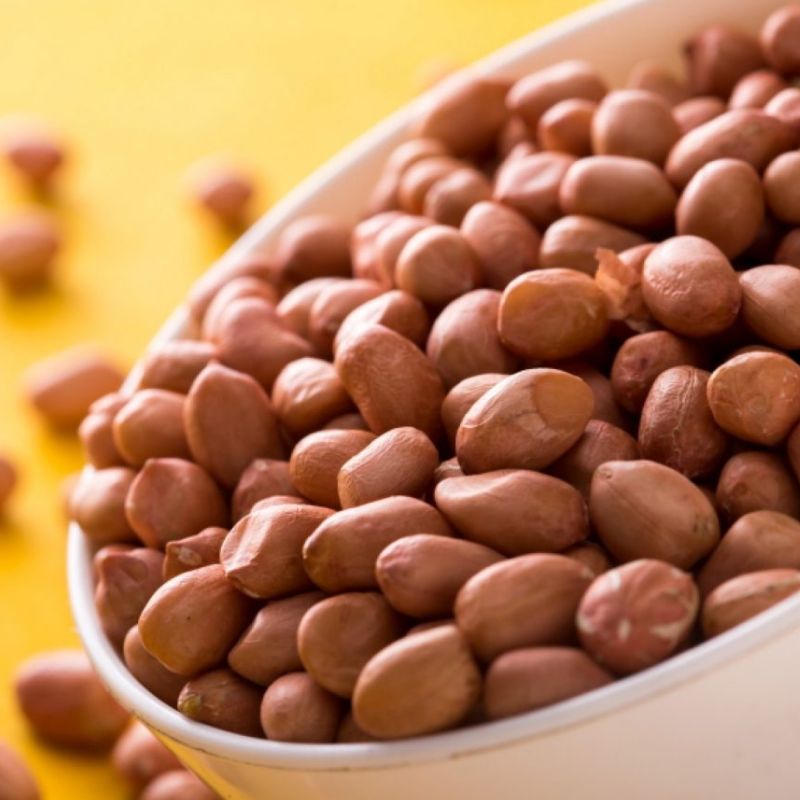
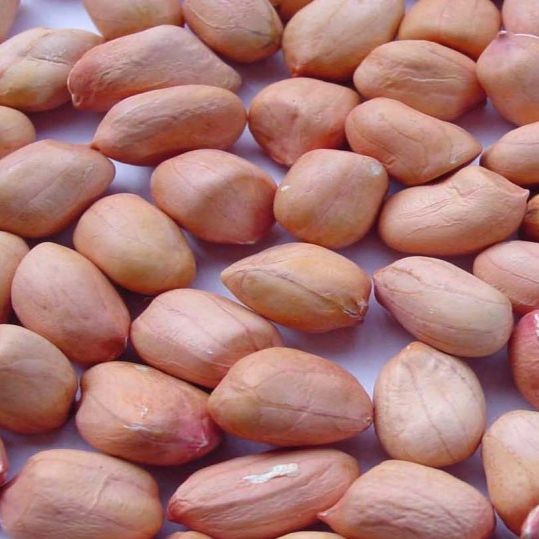
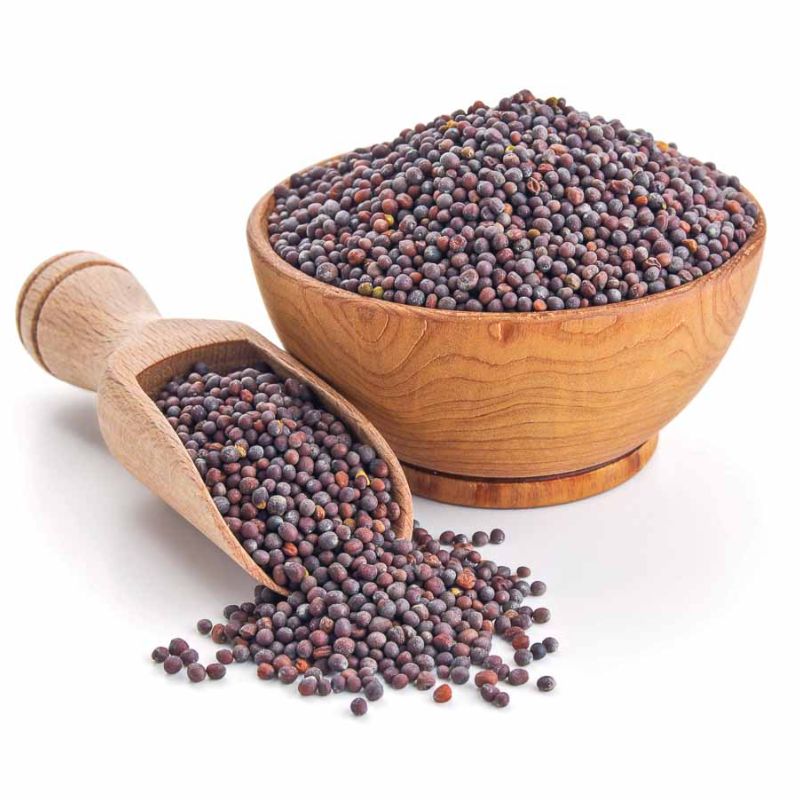
Reviews
There are no reviews yet.